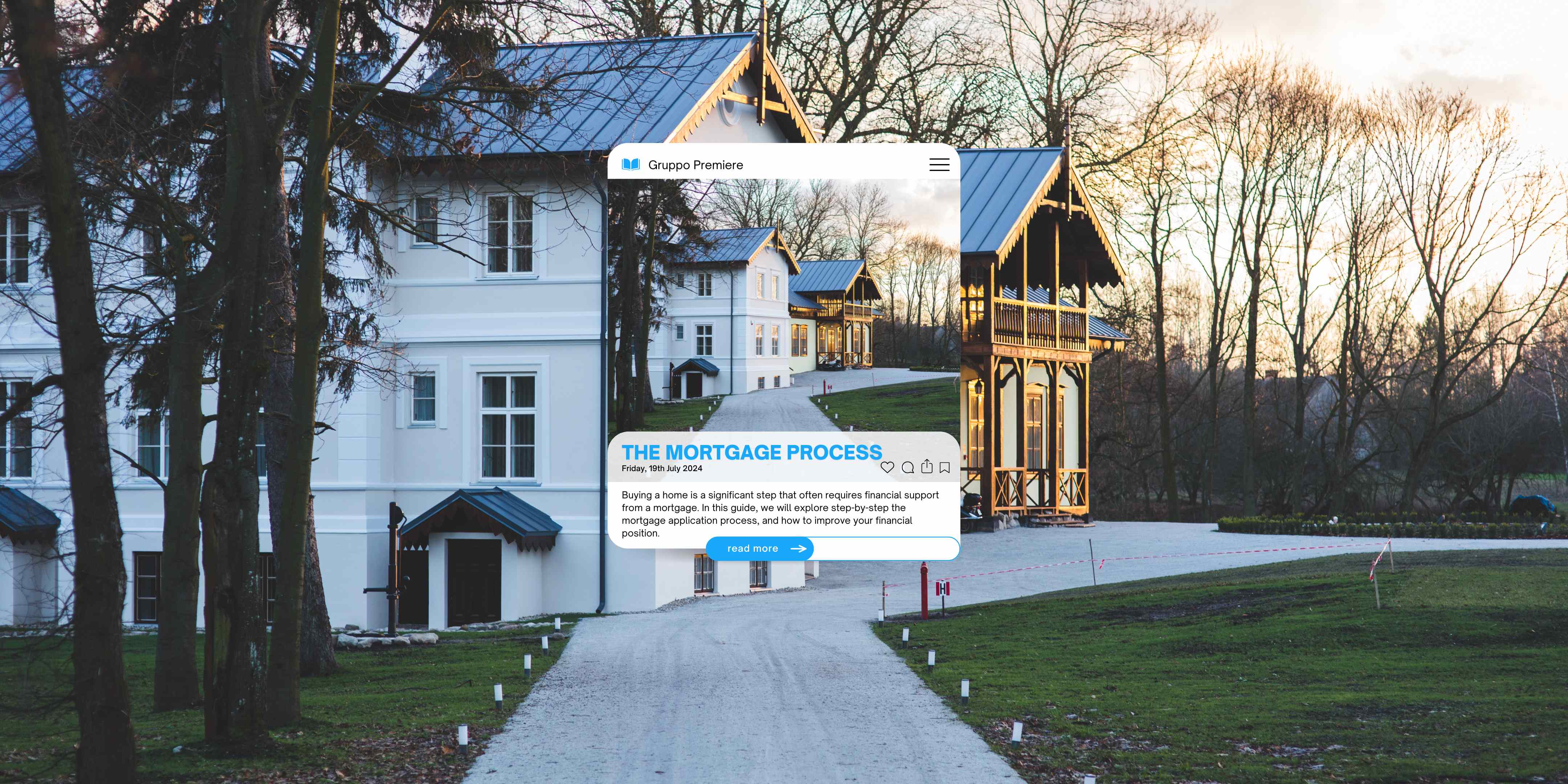
Buying a home is a significant step that often requires financial support from a mortgage. Understanding the application process and preparing adequately can make the difference between a stressful experience and a smooth transaction. In this guide, we will explore step-by-step the mortgage application process, the necessary documents, approval timelines, and how to improve your financial position to secure the best possible terms.
1. Step-by-Step Guide to the Mortgage Application Process
a. Assessing Your Personal Finances
Before starting the mortgage application process, it's essential to assess your personal finances. This includes:
- Income: Calculate your net monthly income.
- Existing Debts: Consider any ongoing debts.
- Savings: Determine how much you have saved for the down payment and initial expenses.
b. Finding the Right Mortgage
The next step is finding the mortgage that best suits your needs:
- Types of Mortgages: Fixed, variable, or hybrid.
- Comparing Offers: Compare different offers from banks and lending institutions.
- Pre-approval: Request a pre-approval to understand how much you can afford.
c. Gathering Necessary Documents
The documents required for the mortgage application include:
- Identification: ID card or passport.
- Proof of Income: Recent pay stubs, last two years' tax returns, employment contract.
- Proof of Residence: Recent bank statements, utility bills.
- Credit Information: Credit card and loan statements, credit report.
- Property Information: Purchase agreement, property documents (land registry, any existing mortgages, etc.).
d. Submitting the Mortgage Application
Once you have gathered all the documents, you can submit your mortgage application to the bank or lending institution. This step includes:
- Filling Out Forms: Provide detailed information about yourself and the property you intend to purchase.
- Submitting Documents: Attach all necessary documents.
e. Property Appraisal
The bank will conduct a property appraisal to determine its market value. This step is crucial to ensure that the requested loan amount aligns with the property's value.
f. Mortgage Approval
If the property appraisal is positive and your documents are in order, the bank will approve the mortgage. This process can take from a few weeks to a month.
g. Closing the Mortgage
Once the mortgage is approved, the closing process includes:
- Signing Documents: Signing the mortgage contract and other legal documents.
- Paying the Down Payment and Closing Costs: Paying the down payment and any associated closing costs.
2. Necessary Documents and Approval Timelines
a. Necessary Documents
To simplify the process, ensure you have all required documents ready. Here is a detailed list:
- Identification: ID card or passport.
- Proof of Income: Last three pay stubs, last two years' tax returns, employment contract.
- Proof of Residence: Recent bank statements, utility bills.
- Credit Information: Credit card and loan statements, credit report.
- Property Information: Purchase agreement, property documents (land registry, any existing mortgages, etc.).
b. Approval Timelines
The mortgage approval process can vary but generally follows these timelines:
- Pre-approval: From a few days to a week.
- Property Appraisal: 1-2 weeks.
- Final Approval: 3-4 weeks.
In total, the complete process from application to mortgage closing can take from 4 to 8 weeks.
3. Tips to Improve Your Financial Position
To increase your chances of obtaining a mortgage on favorable terms, it's essential to improve your financial position. Here are some tips:
a. Improve Your Credit Score
Your credit score is one of the most critical factors in determining your mortgage eligibility and the interest rate you will be offered. Here’s how to improve it:
- Pay Bills on Time: Ensure all bills are paid on time.
- Reduce Existing Debts: Try to pay off or reduce credit card and loan debts.
- Avoid New Debts: Do not open new credit accounts shortly before applying for a mortgage.
b. Increase Your Savings
Having a good savings cushion will not only help with the down payment but also demonstrate to the bank that you are financially responsible. Here’s how to increase your savings:
- Save Monthly: Set a monthly savings goal and stick to it.
- Cut Unnecessary Expenses: Review your expenses and reduce non-essential spending.
- Automate Savings: Set up automatic transfers from your checking account to a savings account.
c. Stabilize Your Income
Lenders prefer to see a stable and growing income history. If possible:
- Maintain the Same Job: Try not to change jobs in the months leading up to your mortgage application.
- Increase Income: Look for ways to increase your income, such as taking on extra work or asking for a raise.
d. Reduce Monthly Expenses
Reducing your monthly expenses can improve your debt-to-income ratio, another key factor in determining your mortgage eligibility. Here’s how:
- Create a Budget: Establish a detailed budget to track your expenses.
- Cut Unnecessary Costs: Identify and reduce non-essential expenses.
- Consolidate Debts: If you have multiple high-interest debts, consider consolidating them into a single loan with a lower interest rate.
Conclusion
Applying for a mortgage is a complex process that requires preparation and attention to detail. By following this step-by-step guide, gathering all necessary documents, and working to improve your financial position, you can significantly increase your chances of obtaining a mortgage on favorable terms. Take the time to evaluate your options and consult with industry professionals to get the best possible advice. With the right preparation, purchasing your dream home can become a reality.






